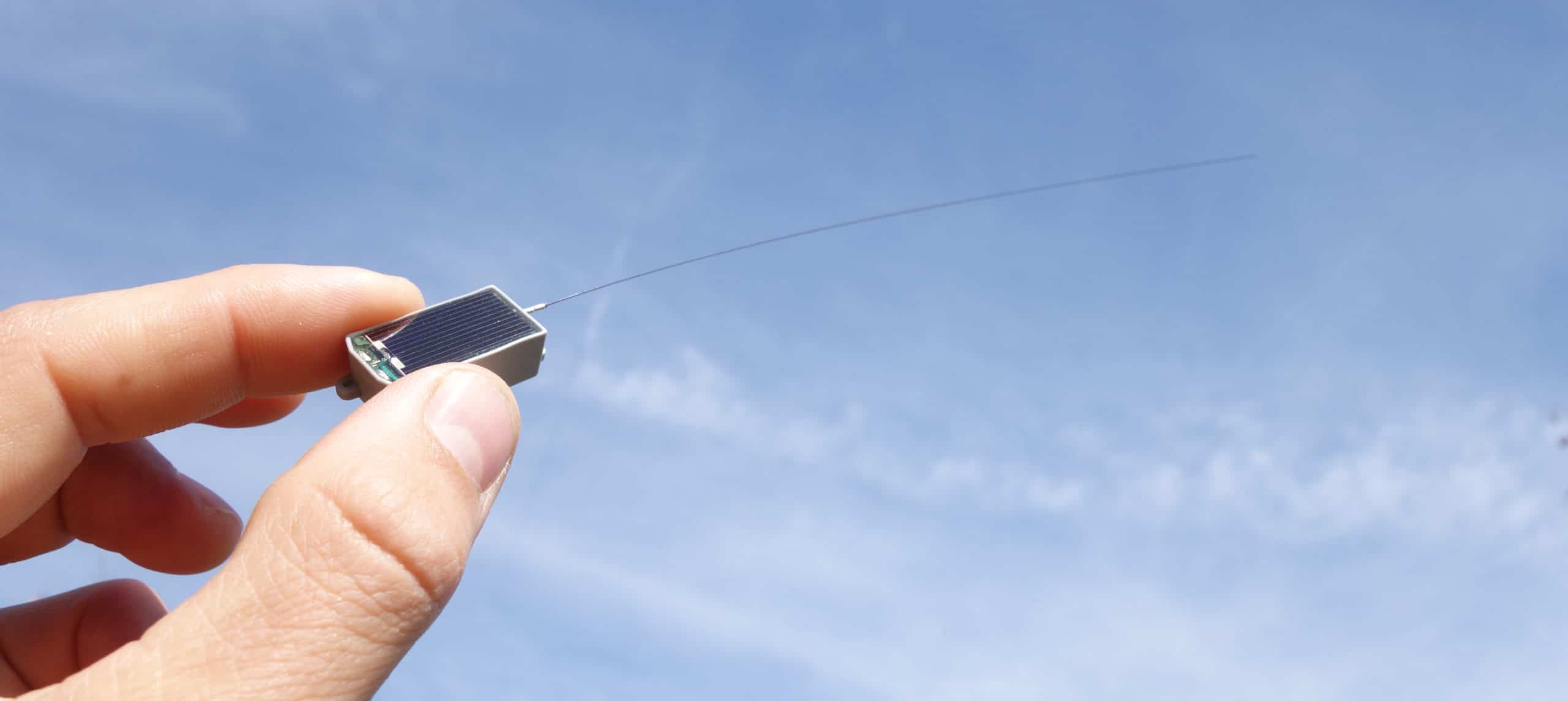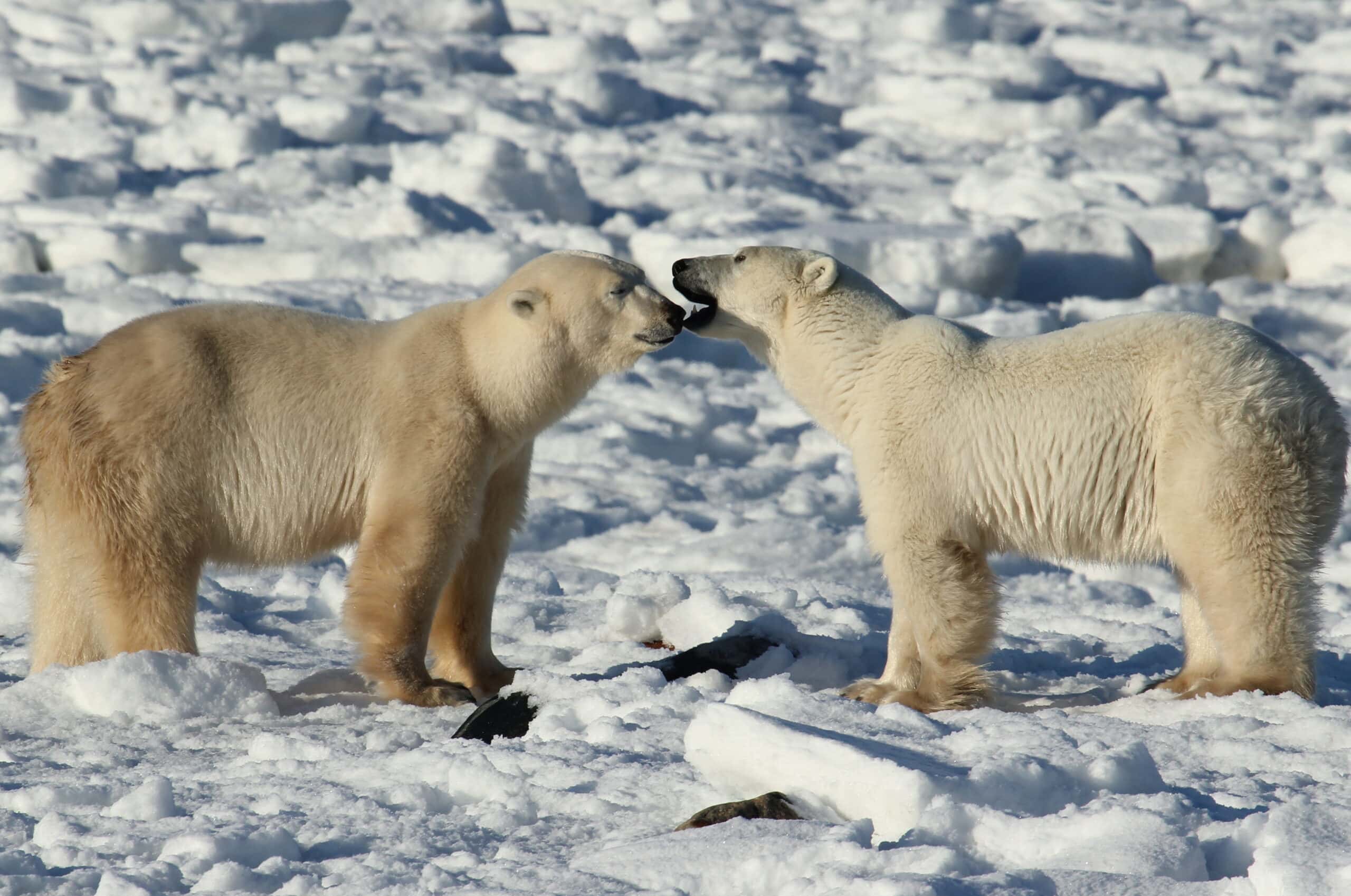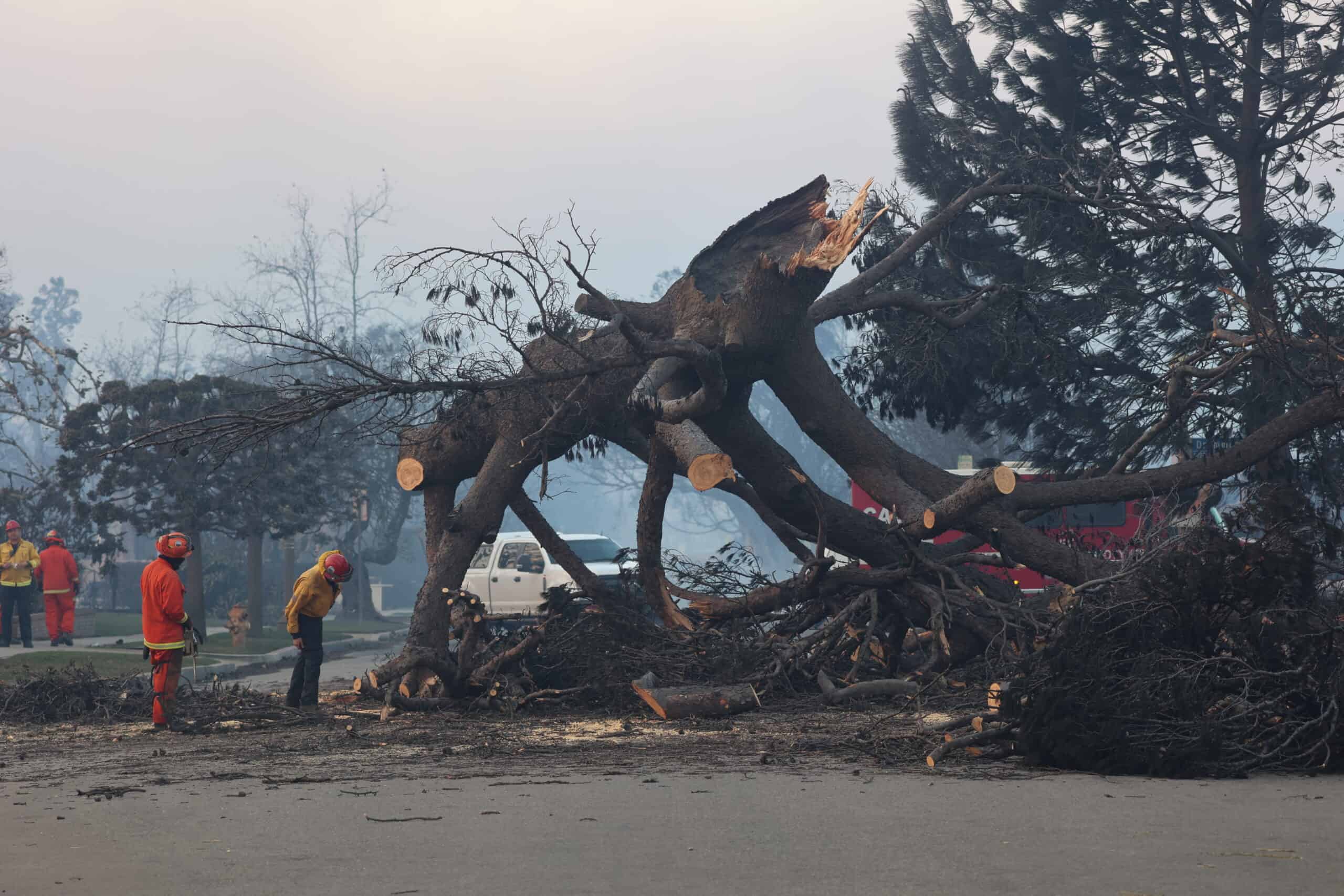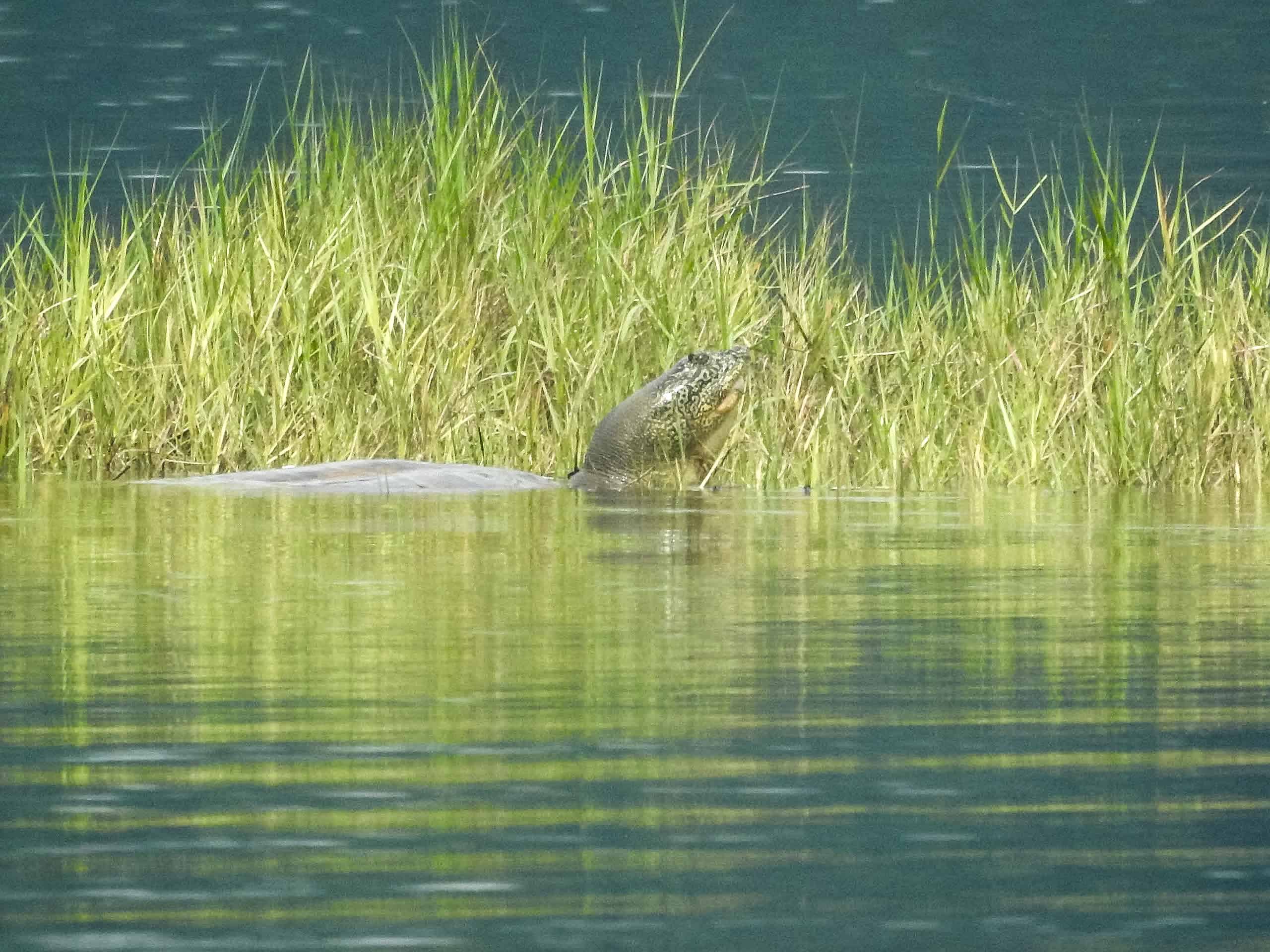Share this article
How has the COVID-19 lockdown impacted wildlife?
Matthias Loretto had been studying common ravens in Yellowstone National Park — as well as in Austria, where he is from — looking at how much ravens use wolf kills for food versus human sources. So when the coronavirus pandemic hit, he began to wonder how the lack of people — and the food they leave behind at picnic tables and trash bins — would impact them.
A postdoctoral research fellow at the Max Planck Institute of Animal Behavior in Germany, Loretto and his colleagues had heard anecdotes of some urban wildlife like gulls, rats and monkeys struggling to find human food since lockdowns took place around the world. Other observations of species like pumas (Puma concolor) showing up in downtown Santiago, Chile or dolphins appearing in calmer waters in harbors of Trieste, Italy, suggested some animals are taking advantage of the lack of humans out and about.
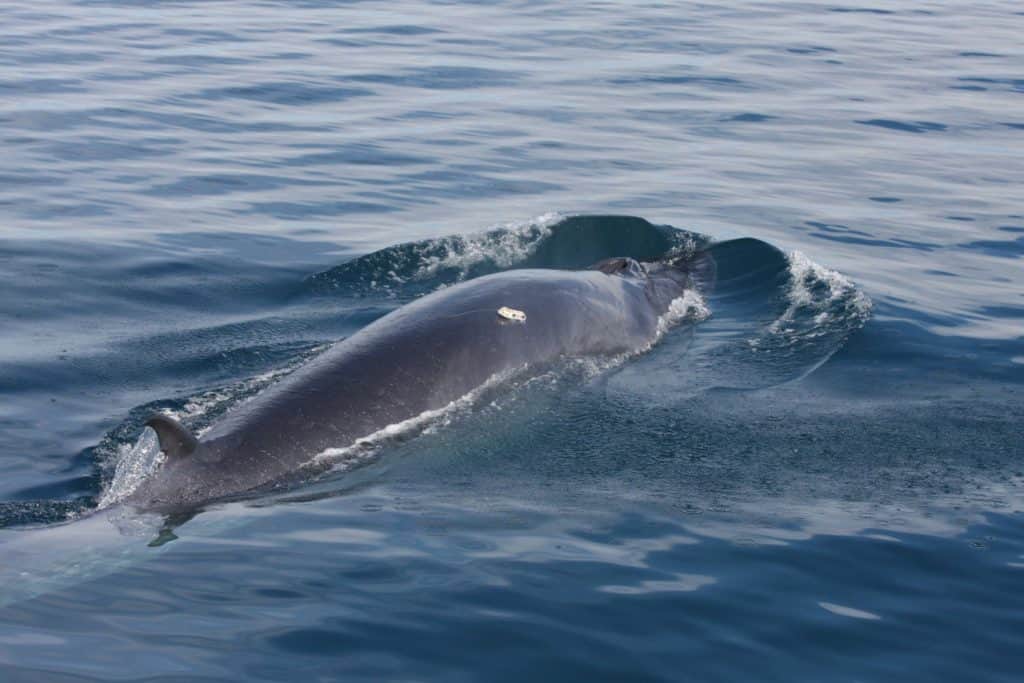
A Bryde’s whale (Balaenoptera brydei) with a bio-logger tag.
Credit: Rochelle Constantine
The team decided to reach out to other researchers who were using bio-loggers — devices placed on individual animals that collect information like GPS location, environmental conditions, body condition and travel speeds— before the pandemic began to track how wildlife have changed their behaviors since then. The team refers to this lockdown period of less human activity as “anthropause.”
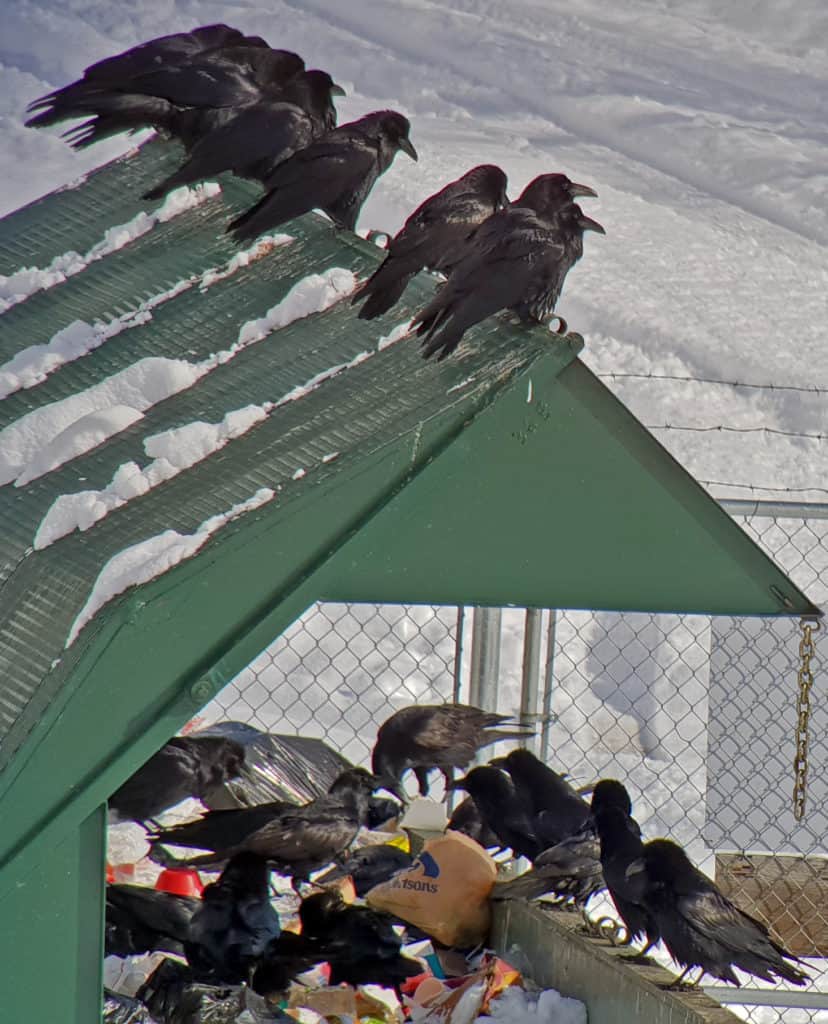
Common ravens often consume trash left behind by humans.
Credit: Matthias Loretto
“These are all from other ongoing projects that were primarily interested in other questions, but we can now collate this data to bring everything together and allow us for the first time to ask questions across different levels, across species under a very unusual situation,” Loretto said.
In a paper published in Nature Ecology & Evolution, Loretto and his colleagues lay out how they plan to conduct this research and the questions they hope to answer. They will be collecting data on all types of species, including birds, terrestrial mammals, freshwater species and marine species.
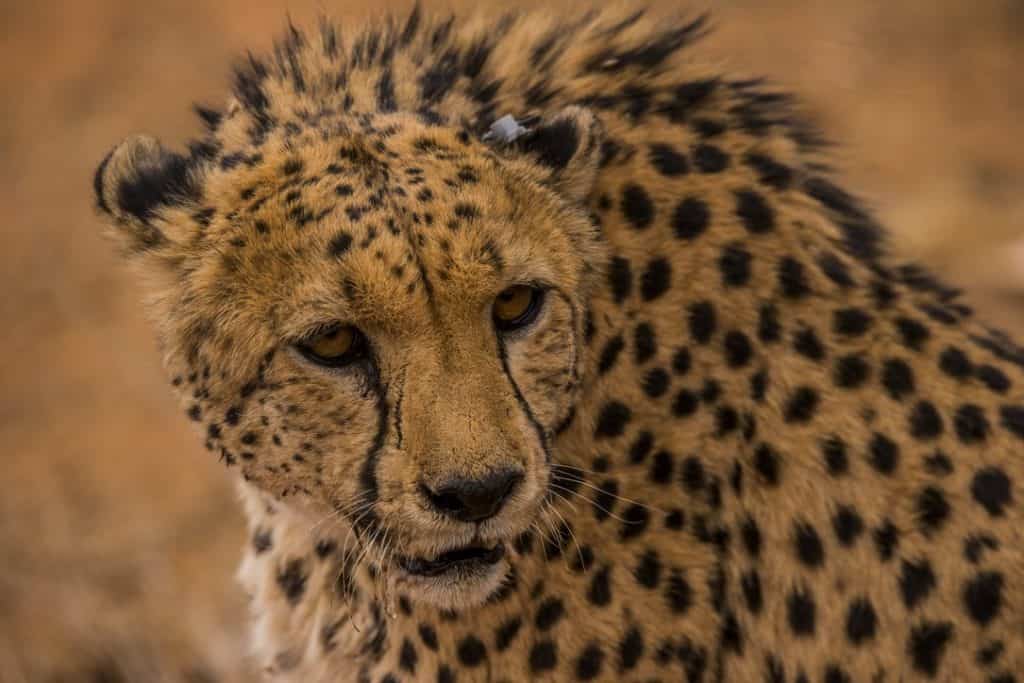
A cheetah (Acinonyx jubatus) fitted with a bio-logger tag.
Credit: Sergio Izquierdo
One thing the team plans to look at is how reduced traffic on roads, which can cause noise disturbance and animal-vehicle collisions, impacts wildlife. Similarly, they plan to determine how in the marine world the change in marine traffic throughout the pandemic have affected species. “Traffic is a problem for many terrestrial as well as marine species and this research offers us the possibility to address this topic in very different areas,” he said, noting that terrestrial and marine species studies are generally separated.
The team hopes to determine how reversible some of the impacts of humans on wildlife are. They also plan to look at which species are more flexible to changes, and which species, even with the lack of humans, still haven’t been doing well.
With the species that are still struggle, Loretto said, “we can think more about what we can do to support them.”
Header Image: An International Cooperation for Animal Research Using Space (ICARUS) tag, which collects data on animal movement. Credit: Jacob Stierle



